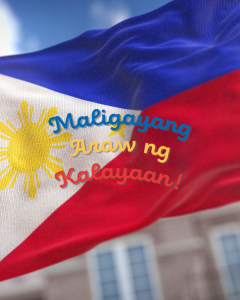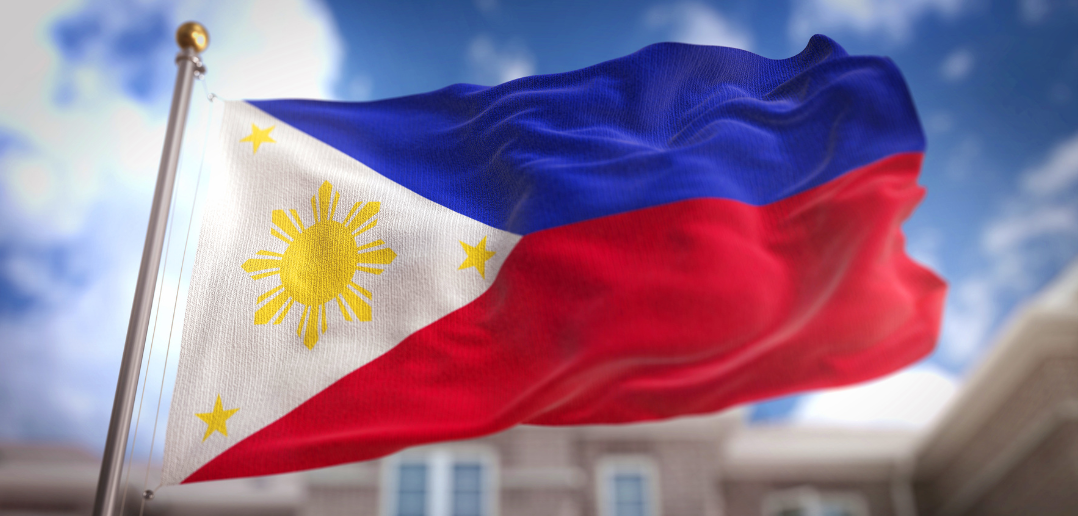Today is a big day for our Filipino colleagues, ship and shore. Every year on 12 June, the Philippines observes its Independence Day – a national holiday that commemorates the country’s declaration of independence from Spanish colonial rule. It’s a day of celebration and pride for Filipino culture and their journey towards freedom.
Historical background
The roots of Filipino independence date back to the late 19th century, amid widespread revolutionary movements across Asia and Latin America. The Philippines, then a Spanish colony for over 300 years, was a melting pot of cultures and a battleground for national awakening. On 12 June 1898, Filipino revolutionary leader Emilio Aguinaldo proclaimed independence from Spain in Cavite (present day Kawit), asserting the nation’s desire to be free and self-governing.

Although this declaration marked a pivotal moment in Philippine history, setting in motion a series of events that would eventually lead to full sovereignty, true independence was only recognised internationally after the Treaty of Manila in 1946, when the Philippines gained independence from American rule.
On that historic day, the Philippine flag was unfurled for the first time, and the national anthem, Lupang Hinirang, was played – both powerful symbols of the country’s newfound identity and aspirations for sovereignty.
Significance and celebrations
Filipino Independence Day isn’t only celebrated within the Philippines but across the globe! Festivities include flag-raising ceremonies, parades, cultural performances, and fireworks. Schools and communities also hold programmes that highlight the country’s rich heritage, traditional dances, and patriotic songs.
These celebrations are a vibrant expression of national pride and cultural heritage, so be sure to take note of these meaningful observances in your local area.
You may hear some of these phrases as people greet each other and chant in the street:
Maligayang Araw ng Kalayaan! (Happy Independence Day!)
Maligayang Araw ng Kalayaan sa ating lahat! (Happy Independence Day to all of us!)
Mabuhay ang Pilipinas! (Long live the Philippines!)
Philippine Independence Day is more than a historical milestone; it’s a celebration of Filipino identity, culture, and unity. It’s a testament to the enduring spirit of a nation that fought for its freedom and continues to celebrate its unique identity. A day to honour the past, embrace the present, and look forward to the future.
So, for all of you celebrating today, Maligayang Araw ng Kalayaan!
Did you know?
- The Philippines has 7,641 islands, grouped into three main regions: Luzon, Visayas, and Mindanao.
- Over 170 languages are spoken across the country, though Filipino and English are the official ones.
- The average age in the Philippines is just 25 years, making it one of the youngest countries in the world.
- More than 10 million Filipinos live abroad, which is why Independence Day is celebrated globally.
- The Philippine flag changes depending on peace or war – blue on top in peace, red on top in war.
.

